Taxpayers can hold the real estate they own as personal use property, capital property or inventory. The sale of each property type results in different tax consequences. For most people, real estate is their personal residence, personal use property or capital property that generates income.
With the emergence of online platforms such as Airbnb, it’s easier than ever to periodically rent out an extra room or your entire home to earn income from a personal residence. But many people don’t realize that this type of activity could have negative tax implications.
A discussion of real estate inventory is beyond our scope here, but generally speaking, property held for development or “house flipping” is considered to be inventory.
Let’s look at how renting out a personal residence can impact your ability to claim the principal residence exemption, which allows you to eliminate or greatly reduce the tax you pay when you sell your home.
CHANGE IN USE MEANS A CHANGE IN YOUR TAXES
A taxpayer and their spouse are permitted to designate only one property as their principal residence each year.
A “change in use” occurs when a taxpayer starts using their property for a different purpose than when it was acquired. For example, you might have originally purchased a house to live in and then later decided to rent it out, or vice versa. For tax purposes, this means you have sold your home and repurchased it. You must report this so-called deemed disposition on your tax return.
In Income Tax Folio S1-F3-C2, Principal Residence, the Canada Revenue Agency has expressed its view that a deemed disposition will not occur where:
- The income-producing use is ancillary to the main use of the property as a residence;
- There is no structural change to the property; and,
- No capital cost allowance (“CCA”) is claimed on the property.
The last two points are clear: if you don’t do any major renovations to transform the original property for rental activity, and you claim no CCA (tax amortization), there won’t be a deemed disposition, assuming that the income-producing use is ancillary to the property’s main use as a residence.
Here are some examples to help you interpret what “ancillary” might mean.
RENTING OUT A ROOM WHILE YOU LIVE IN YOUR HOME
Whether the additional income helps with the mortgage or you just enjoy the company, you may have a room that you rent out while you live in your property. You made no structural changes to isolate the room, which remains part of your residence. The main purpose of the property is for you to inhabit it.
In this scenario, there would be no deemed disposition, and you may still be eligible to claim the principal residence exemption on your home when you eventually sell it. However, you are still required to report the rental income, net of expenses, on your income tax return.
RENTING OUT THE PROPERTY WHILE YOU’RE ON VACATION
Every now and then, you rent out your entire residence when you go on vacation. You still ordinarily live in your residence, your mail goes there, and it’s your home address. The main purpose of the property is for you to live there; the extra income is a bonus.
In this scenario, there would be no deemed disposition and you may still be eligible to claim the principal residence exemption on your home when you eventually sell it.
LONG-TERM RENTAL OF THE RESIDENCE
Circumstances change, and you’re looking to rent out the property temporarily, after which you plan to move back in. If there are many short-term rentals or one long-term rental, you no longer have your mail delivered there, and you don’t regularly sleep there, you don’t live in the property anymore.
In this scenario, there would be a deemed disposition that you would have to report on your tax return – and there may be a tax liability on the deemed sale. The property would now be classified as capital property for producing income.
Under subsection 45(2), the Income Tax Act provides relief that allows a Canadian taxpaying resident to elect for no deemed disposition when their property changes from personal use to income-producing and returns to personal use within four years. This lets a taxpayer extend their ability to claim the principal residence exemption, even though the property may not otherwise qualify for that four-year period.
You must file this election with your personal tax return in the year in which the change occurred. If no election is filed, the benefit under subsection 45(2) is not available.
THE BOTTOM LINE
Each taxpayer’s circumstances are unique. We have simplified the above examples and you should not rely on them to assess a specific situation. To determine if you’re eligible to claim a principal residence exemption on your property, or if a change of use has occurred, contact us.
Posted in Strategic Insights


